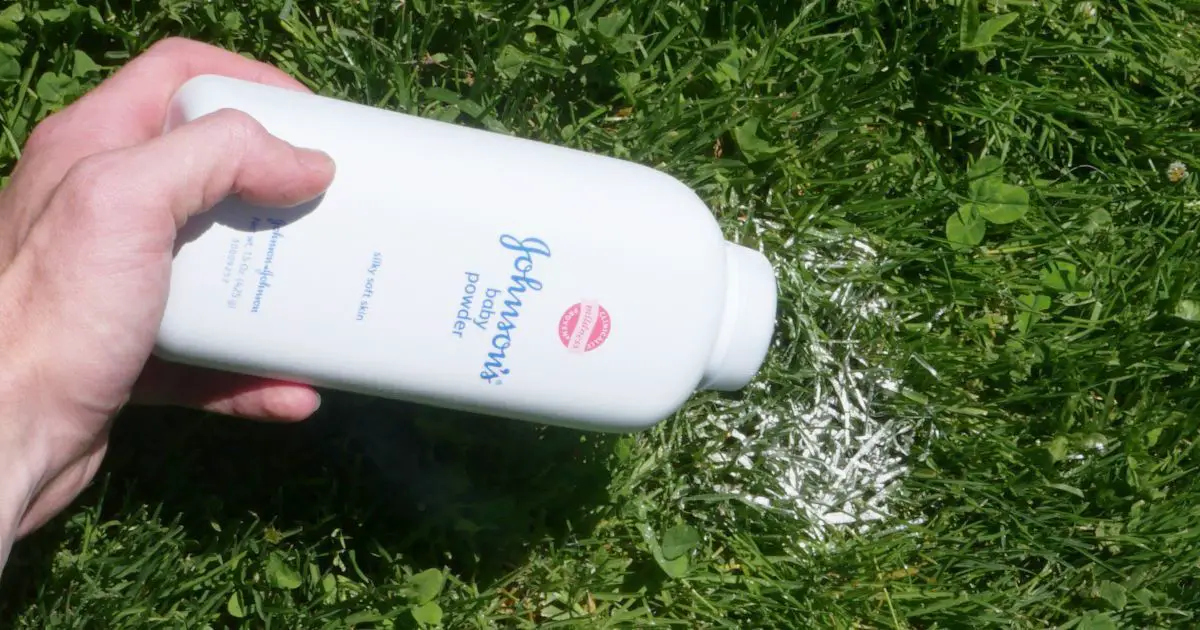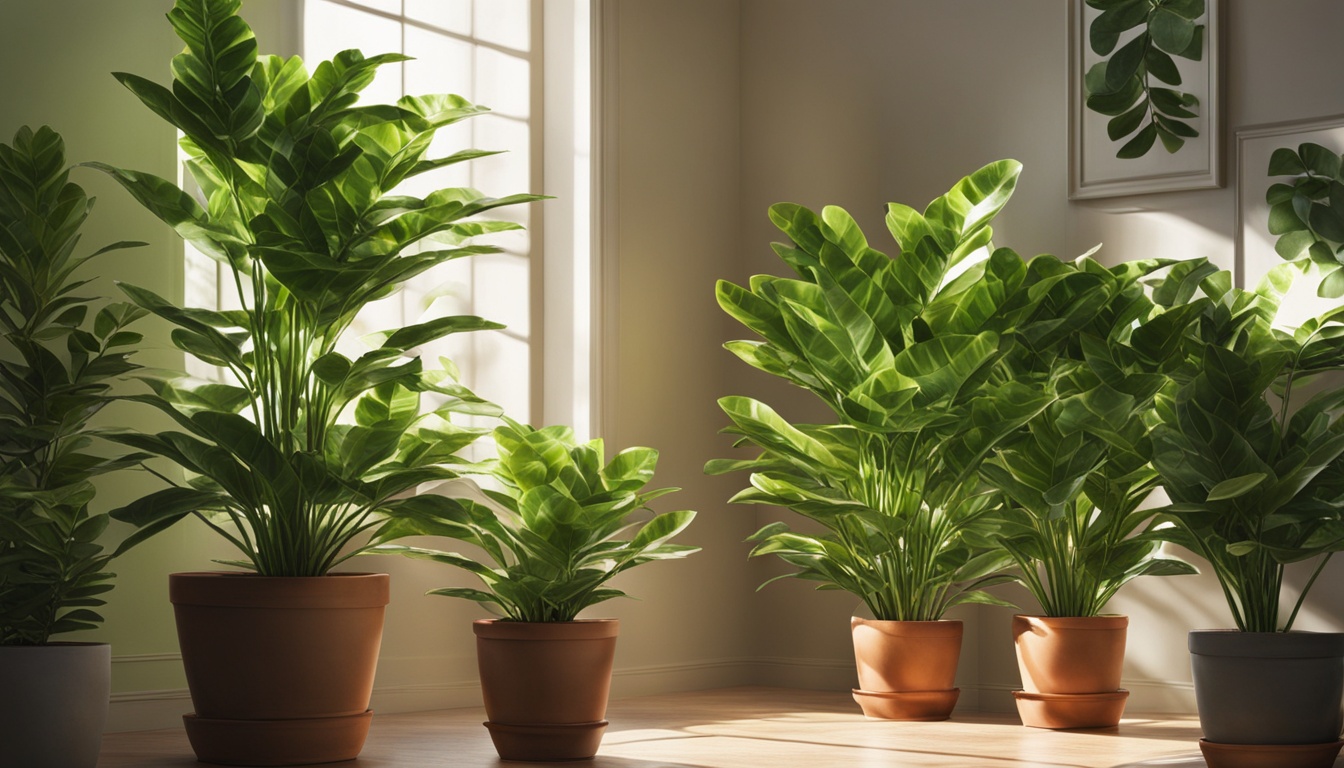Yes, most patio furniture is water-resistant but not waterproof. This means that it can be exposed to rain and other forms of moisture but should not be left in standing water for long periods of time.
The elements are a fact of life and can cause damage to even the sturdiest of patio furniture. It is important to understand how weather affects your patio furniture and know how to properly care for it so that it lasts a long time.
The topic of this blog is whether or not patio furniture can get wet and the factors you should consider when determining if it should be exposed to rain or other moisture. In this post, we’ll discuss the various materials used to make patio furniture and the best ways to protect it from the weather.
We’ll also share tips on how to keep your patio furniture looking its best in outdoor settings. Understanding the basics of weather-proofing patio furniture can help you extend its life while ensuring that every outdoor gathering is enjoyable.

Can Patio Furniture Get Wet?
Yes, most patio furniture is water-resistant but not waterproof. This means that it can be exposed to rain and other forms of moisture but should not be left in standing water for long periods of time.
It is also important to ensure that patio furniture is stored in a dry area when not in use. Furniture that is constantly exposed to the elements, such as wind and rain, may need to be replaced more often.
We found some Rain and Stain water repellent HERE
Regular maintenance and cleaning may also be necessary to ensure the longevity of patio furniture.
Additionally, certain materials, such as wood, may require additional protection from moisture, such as applying a sealant, to extend their life span.
Types of Patio Furniture that Can Be Exposed to Water
When it comes to patio furniture, some types are better for being exposed to water than others. For example, furniture made from materials like aluminum, teak, and plastic is all ideal materials for getting wet.
Additionally, some fabrics and cushions designed for outdoor use can also be exposed to water. Be sure to check the manufacturer’s instructions to make sure the fabric you choose is water-resistant.
If you want to enhance the look of your patio furniture, you can use outdoor rugs that are also waterproof.
Tips to Protect Patio Furniture from Water Damage

Taking proper steps to protect patio furniture from water damage is essential if you plan to keep your furniture in good condition. Here are two tips to help you protect your patio furniture from water damage:
1. Use Patio Covers: Patio covers help protect against moisture, wind, sun, and other elements. Investing in a quality patio cover will protect your furniture from water damage.
2. Place Furniture Away from Sprinklers: If you have an irrigation system, make sure that your furniture is placed in an area where it won’t get hit by the sprinkler. You can also use a hose guard to ensure that your furniture isn’t sprayed with water.
Ways to Repair Water-Damaged Patio Furniture
When patio furniture gets wet, it can lead to serious damage. To help protect your outdoor furniture from water damage, it’s important to take steps to repair and protect it from further damage. Here are three ways to repair water-damaged patio furniture:
1. Cleaning and drying: Start by thoroughly cleaning the furniture with a mild detergent and then drying it as much as possible with a soft cloth.
2. Sealing: After the furniture is clean and dry, it’s important to seal it to protect it from further water damage. A sealant should be applied to the exterior of the furniture to help protect it from water, sun, and other elements.
3. Painting: If the furniture is severely damaged, it may be necessary to paint it. Before painting, make sure to clean and sand the furniture to remove any damaged paint or wood. Then, apply a coat of primer before painting the furniture.
We found some Rain and Stain water repellent HERE
Conclusion
You can keep your patio furniture looking great by occasionally cleaning it with a mild soap and water solution, and making sure it is completely dry before storing it.
If you live in an area with wet weather, it’s best to opt for furniture that is designed to withstand the elements, like wicker or wrought iron. With proper care and maintenance, your patio furniture can remain beautiful and last for years to come.




Leave a Reply